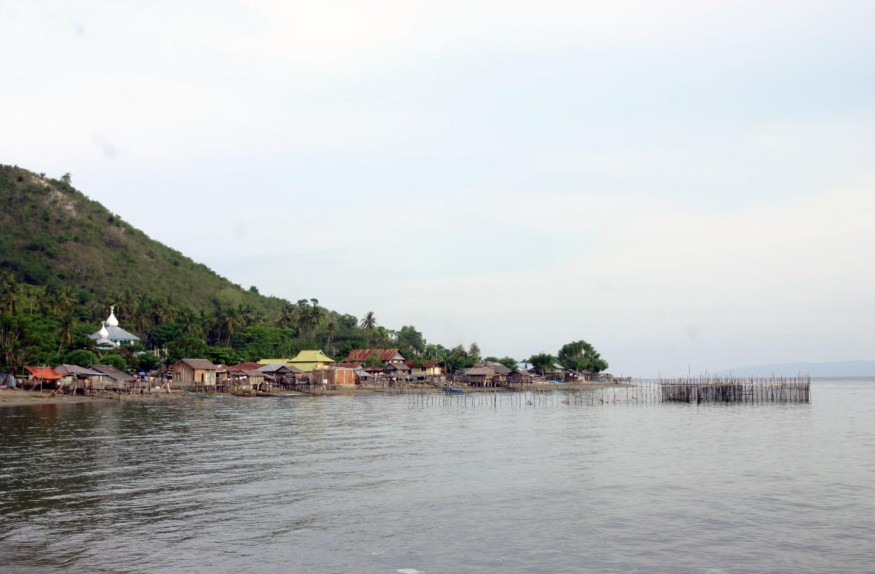
As sea levels rise and adverse weather events become more common, vulnerable coastal communities are at increasing risk of devastation from storm surges and tsunamis. The death toll from tsunamis, at 260,000 during the past century, was higher than that from any other natural hazard. An international research team led by the University of Göttingen has now compared the effects of man-made and ecosystem protection to propose a hybrid approach including mangroves and coral reefs in coastal protection plans for tropical biodiversity hotspots. The results were published in the journal Trends in Ecology and Evolution.
In this study, led by Dr Thomas Wanger at the Agroecology Group at the University of Göttingen, an international team of scientists from Germany, China, Indonesia, Australia, and Singapore evaluated the ways coastal communities can be protected against disaster. The scientists compared conventional engineering solutions such as giant sea walls, with ecological solutions such as mangroves and coral reefs. They evaluated the effectiveness, cost, and the capacity to sustain biodiversity and ecosystems. The research provides new insights about the implementation of improving ecosystem-based coastal protection.
Palu in Indonesia has long been home to collaborative research centres led by the University of Göttingen. In 2018, Palu was destroyed by a major tsunami and so the Indonesian government implemented a coastal protection plan. The international research team has worked to improve the existing plan by applying their new findings. In addition, the team proposed to use the city of Palu as a case study to further investigate how ecological factors can mitigate the dangers for coastal communities globally.
"In the future, ecosystem-based protection should form the basis to plan a coastal protection strategy. Improving this strategy through man-made and engineered solutions may make the entire endeavour more cost-efficient and may better protect valuable coastal biodiversity and related ecosystem services," says Wanger. "If the international research community can monitor such a hybrid 'ecosystem-based and engineered' approach in Palu, the 'Palu Model' could become an important learning opportunity for other high risk coastal hazard sites in tropical biodiversity hotspots." he adds.
© 2025 NatureWorldNews.com All rights reserved. Do not reproduce without permission.





